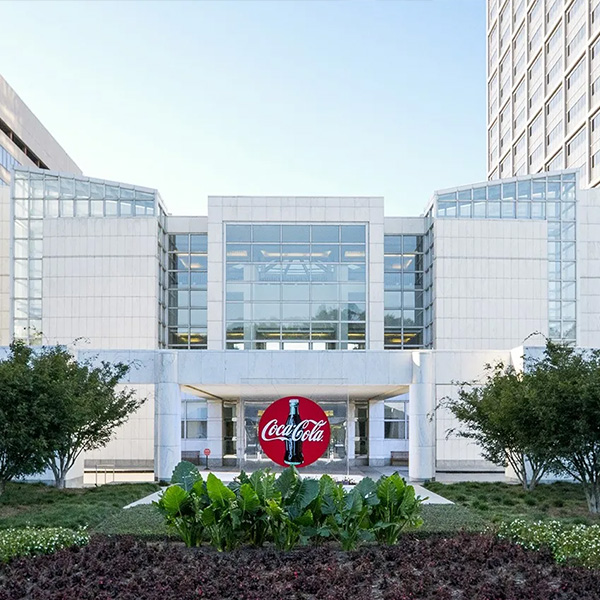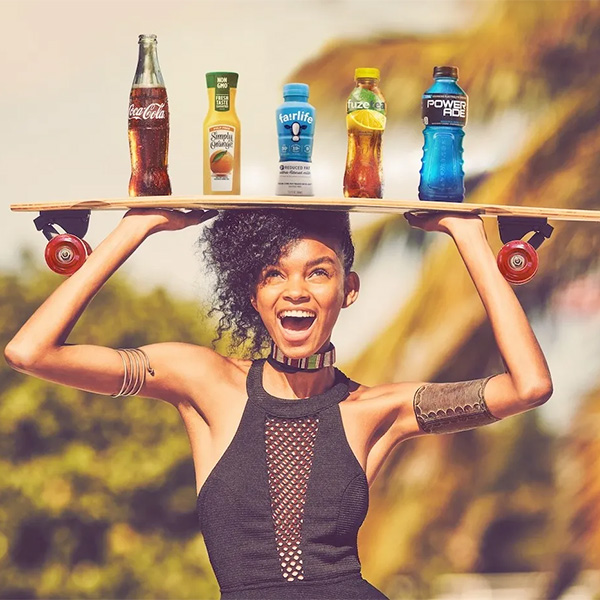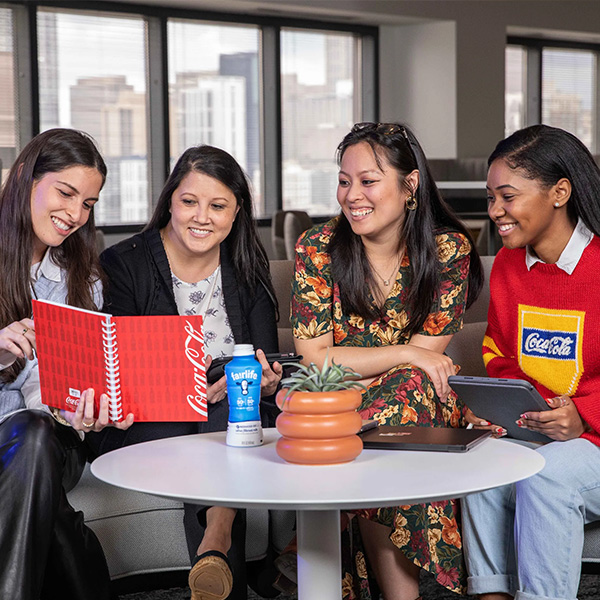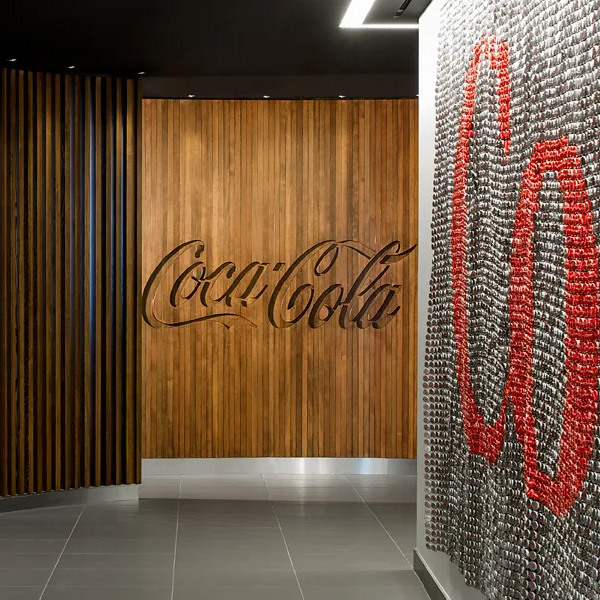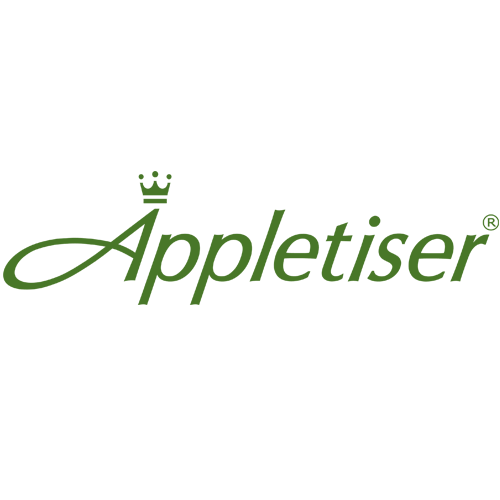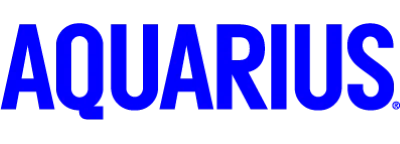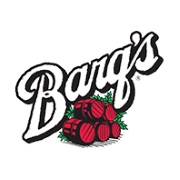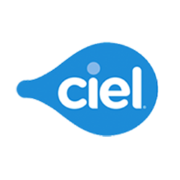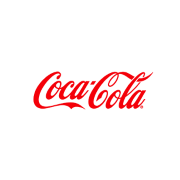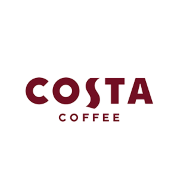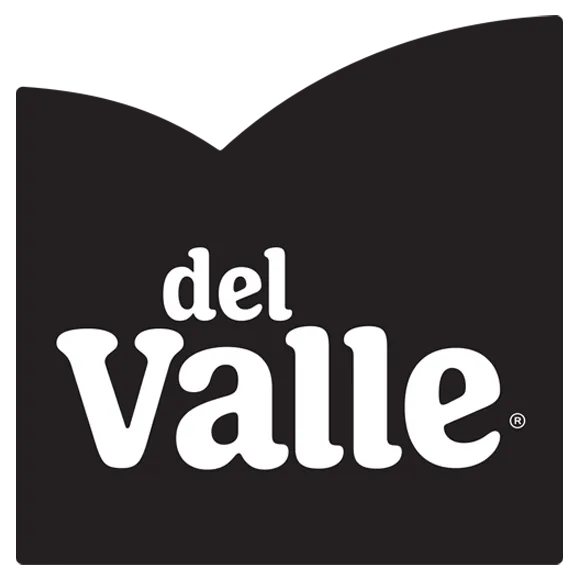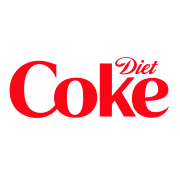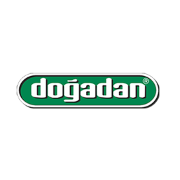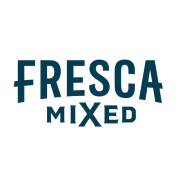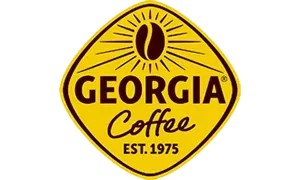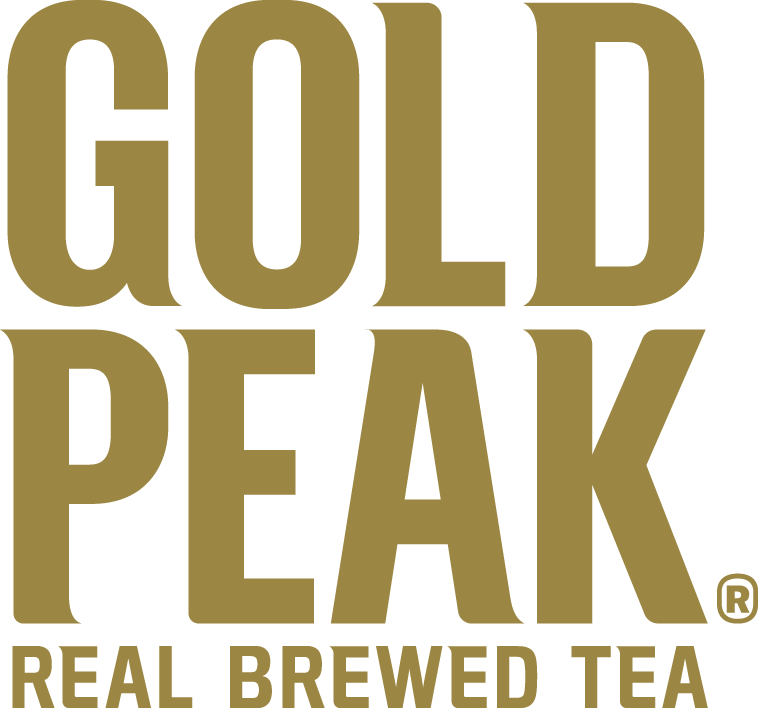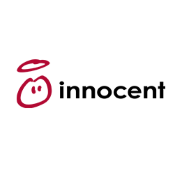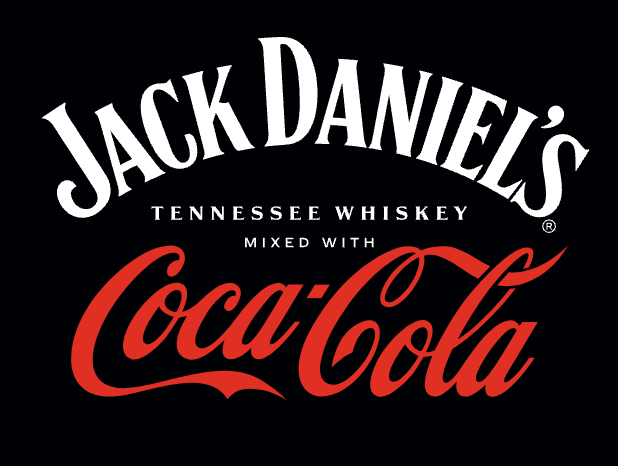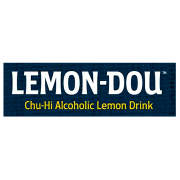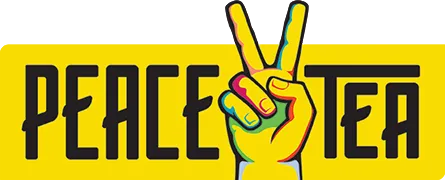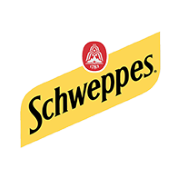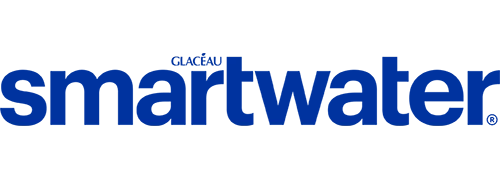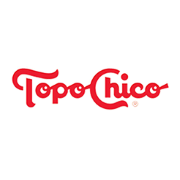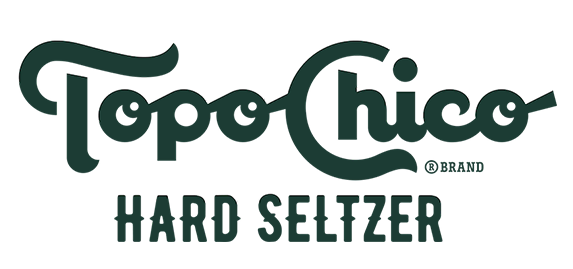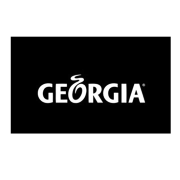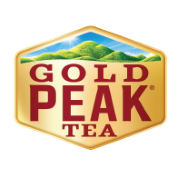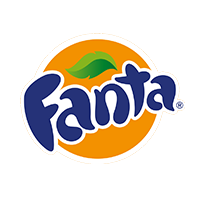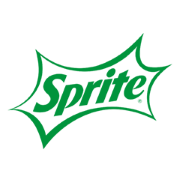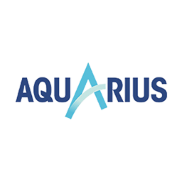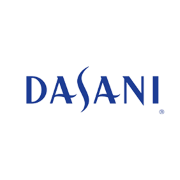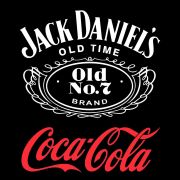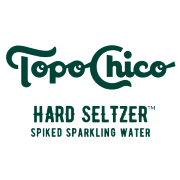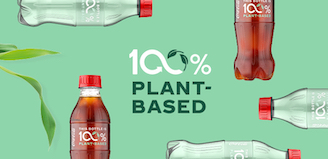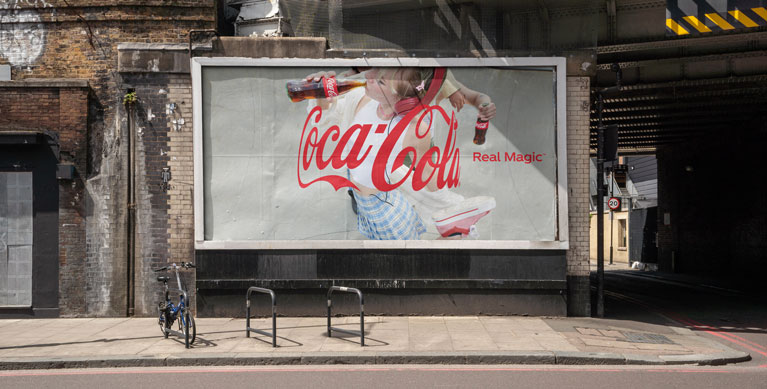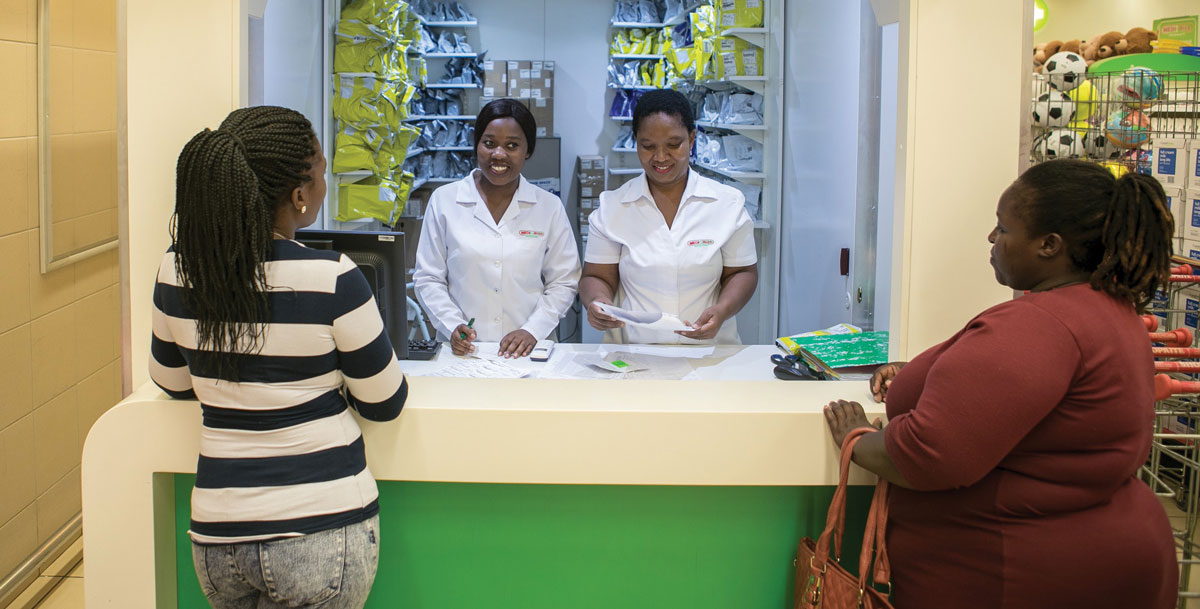BRANDS
Beverage Categories
We’re a consumer-centric company.
We are a total beverage company focused on crafting loved brands and offering a range of drink choices for all lifestyles and occasions. As we evolve our portfolio to meet changing consumer expectations, we are also taking steps to offer more options with less added sugar, promoting low- and no-calorie beverage options and making smaller packages more available to help enable portion control.
The Coca‑Cola Company supports the current recommendations of several leading health authorities that individuals should not consume more than 10% of their total calories from added sugar. We are taking action on reducing added sugar even where it means changes to our most popular, time-tested products—putting our strength in innovation to meet our consumers’ evolving needs.
We listen to our consumers and do our best to deliver products that meet their needs. We use the highest quality ingredients, provide reduced- and no- sugar alternatives, and we aim to source sustainably and ethically.
Multiple brands across different beverage categories
We offer a wide variety of drinks, including sparkling soft drinks, still and sparkling water, dairy, fruit juices, hydration and plant-based drinks, teas and coffees.
We know eating and drinking less added sugar is important to many
So, we’re taking action across our products to meet consumer needs. We continue to expand the availability of low- or no-calorie beverages in our portfolio with 30% of the 2024 global volume sold being low- or no-calorie beverages, including Coca‑Cola Zero Sugar.
In 2024, 47% of our sparkling soft drink brands were sold in packages 250 milliliters (8.5 ounces) or less.
Smaller packages make it easier to control portions and added sugar intake while still enjoying your favorite drink.
More drinks with nutrition and functional benefits
We're always aiming to make our drinks better and with more benefits by providing drinks that contain functional ingredients such as prebiotics and essential nutrients such as protein, and vitamins and minerals.
